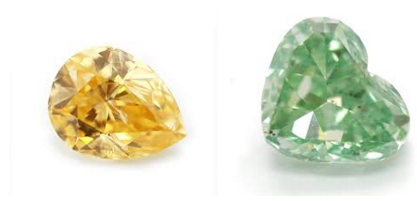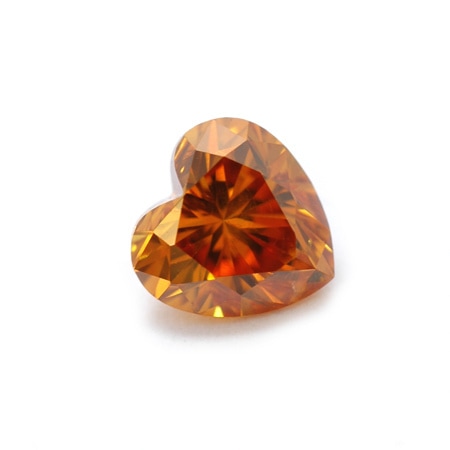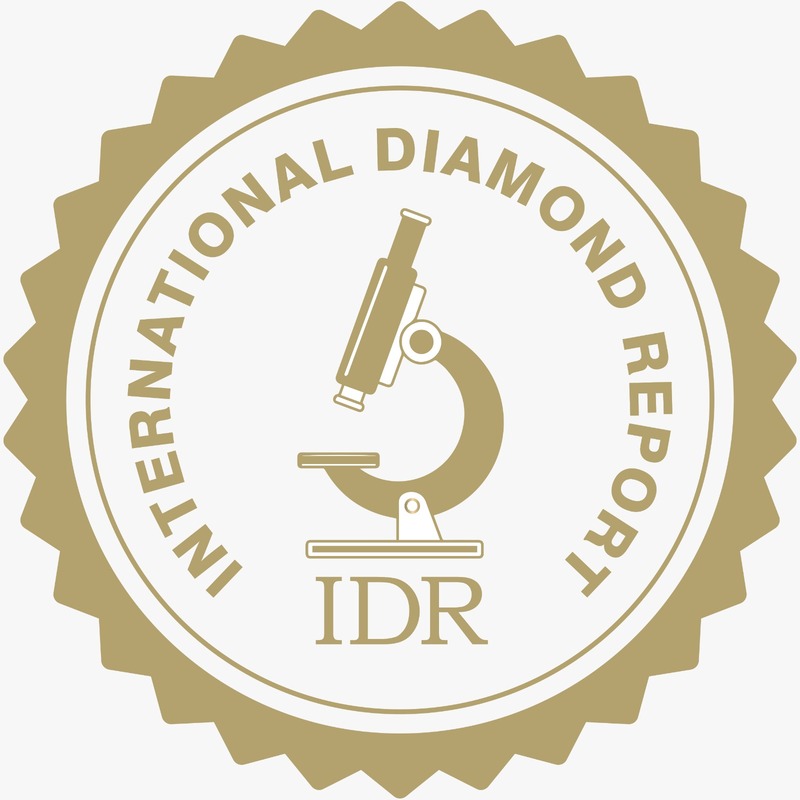COLORED DIAMONDS
Quality that inspires confidence
IDR has the experience and knowledge, backed by full scientific equipment, to identify the exact color origin and color description of both colorless and fancy colored diamonds.
Given the wide variety of colors found in diamonds, the task of identifying the natural color origin of a diamond is complex. For many decades, IDR has graded fancy colored diamonds and has developed a scientific expertise paramount to accurately describing a diamond’s color. Only a professional diamond grading laboratory, like IDR, has the ideal conditions necessary to differentiate and grade colored diamonds, and to identify color origin as natural, processed, artificially treated or as synthetic. IDR is consistently relied upon to protect diamond dealers, jewelry consumers, and passionate collectors.
|
Fancy color identification and description
The human eye can distinguish about 13 million shades and nuances of color. However, to distinguish and differentiate color, we use a three dimensional approach. we measure lightness to darkness (value), saturation (chroma), and hue (color). When we need to differentiate and identify color in fancy colored diamonds, light refraction and fluorescence also influence our color perception. These factors make it even more complex to describe exact fancy colors. As we all perceive color slightly differently, in the final analysis, color differentiation becomes highly subjective. In grading laboratories, like IDR, professional gemologists who see thousands of examples to analyze, necessarily become more proficient, consistent, and accurate, in differentiating and identifying the final color grade of fancy colored diamonds. |
|
Grading natural fancy colored diamonds
Using the Munsell Color System parameters, fancy colored diamonds are graded by measuring hue, saturation, light to dark tone (value), and the diamond’s uniformity of color distribution; gemologists describe, as accurately and as consistently as humanly possible, the color they see in a diamond. By this disciplined approach, they determine the final outcome of a diamond's color. The definition of color hue is complicated. Diamonds can appear to have a single hue, for example, fancy yellow. Or, diamonds can have a secondary or even third color that contributes to its final color determination. An example of this is "fancy greenish-yellow", or "fancy greenish-brownish-orange." |
© IDR ( INTERNATIONAL DIAMOND REPORT ) 2021



